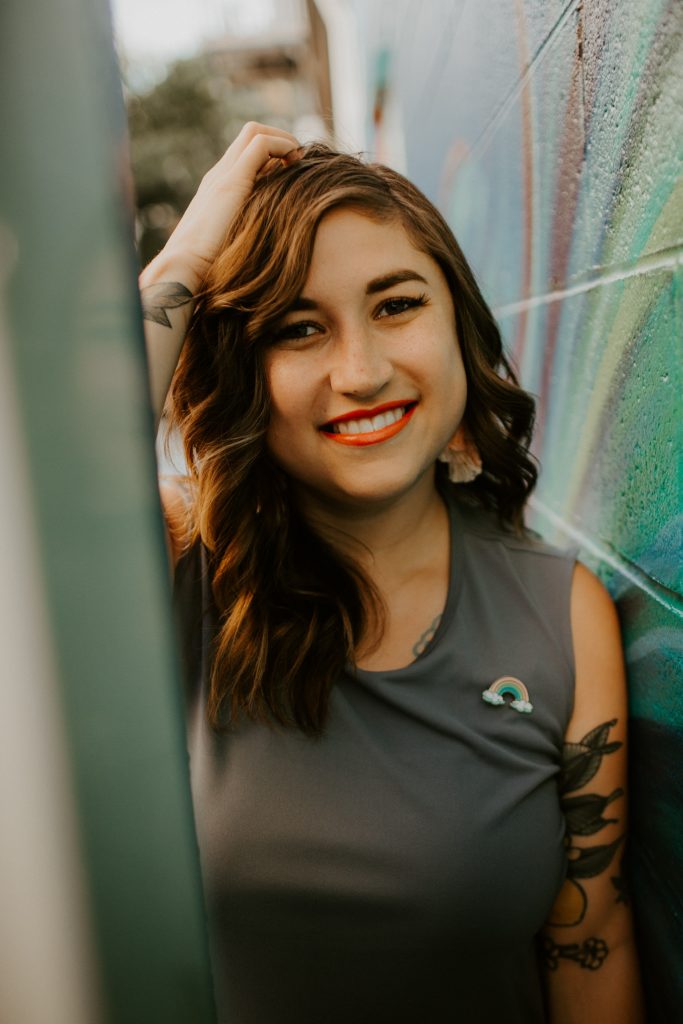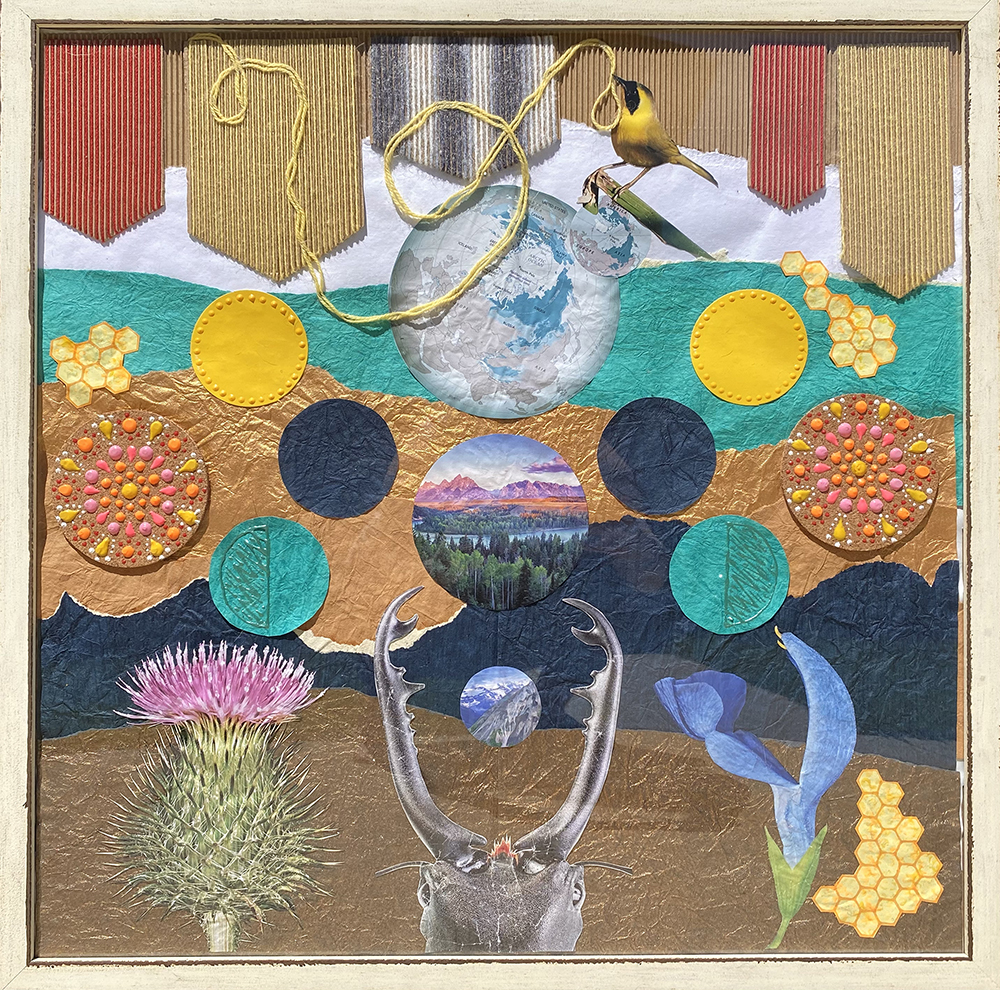In this Featured Member series, AATA celebrates the work of our members. During the coronavirus pandemic, we are inviting members to share their experiences about how their professional and personal lives have changed.
June 30, 2021
Tell us about yourself
 I am a Board Certified Art Therapist, Licensed Professional Counselor, Clinical Supervisor, Nationally Certified Trauma Focused Cognitive Behavioral Therapy provider, and a Childlight Yoga Instructor. I am dedicated to serving youth and families who are overrepresented in systems. I strive to provide affirming care for diverse SOGIE and POC youth, to support caregivers in learning and acceptance, and to improve diversion efforts to prevent youth involvement in systems. I utilize trauma informed practices, restorative justice principles, and expressive art techniques to facilitate opportunities for youth and their caregivers to process their experiences, heal from trauma, and set goals for positive outcomes. I have been an AATA member since 2018 and a member of AATA’s Multicultural Committee since April 2021.
I am a Board Certified Art Therapist, Licensed Professional Counselor, Clinical Supervisor, Nationally Certified Trauma Focused Cognitive Behavioral Therapy provider, and a Childlight Yoga Instructor. I am dedicated to serving youth and families who are overrepresented in systems. I strive to provide affirming care for diverse SOGIE and POC youth, to support caregivers in learning and acceptance, and to improve diversion efforts to prevent youth involvement in systems. I utilize trauma informed practices, restorative justice principles, and expressive art techniques to facilitate opportunities for youth and their caregivers to process their experiences, heal from trauma, and set goals for positive outcomes. I have been an AATA member since 2018 and a member of AATA’s Multicultural Committee since April 2021.
How have race related issues, social justice, and racism informed or impacted your work as an art therapist?
As an Art Therapist and as a person, I value the practice of trauma-informed approaches and the acknowledgement of the intersectionality of social identities that an individual might hold. By considering the wide variety of social identities that are possible and that some of these identities are endorsed by the individual, while others may be assigned to them based on the perception of others, we can start to honor the complexities of human experiences and work towards healing and Restorative Justice. Restorative Justice principles highlight the obligation to repair the harm done to individuals and their interpersonal relationships as a result of the various systems that exist in society that are inherently oppressive and unequal in access to opportunity and resources. While the need for Restorative Justice for marginalized and oppressed individuals and groups is not new, what has changed for me over the past year, is that I am now working for an organization that is actively involved in Diversity, Equity and Inclusion (DE&I) efforts.

“Unbreakable Thread,” by Kristin Wunderlin. Mixed Media Collage. May 18, 2021. Artist statement: This ever-changing world can leave us feeling shaken and disconnected. And at the same time, parts of us are woven together by a thread built out of collective traumas and a desire to heal. Healing is not linear, much like this unbreakable thread, charting a unique path in each of us and emerging out of moments of hope.
As someone who identifies as Bi-Racial, a person who holds privileged identities, a member of a POC Affinity group, and someone who is a part of an organization in general, I have committed to participating in work that aims to challenge and dismantle oppressive systems that have persisted throughout history. As Art Therapists providing direct services to individuals and families, we have an opportunity to learn about and implement trauma-informed, inclusive, affirming, and restorative practices in order to promote healing and overall well-being.
One of the ways that I have used Art Therapy as a tool to advance this work is by incorporating interventions focused on identity exploration. By creating a safe space for individuals to express their identities, intersections, and ongoing development through art making, we can facilitate the processing of complex feelings and traumas and the validation of their unique perspectives. Individuals may also feel a sense of empowerment by being able to take charge of their own narrative and how it is represented in their artwork.
Below are some Art Therapy interventions that could focus on identity exploration:
1. Creation of a social identity wheel that depicts multiple facets of a person’s identity in a mandala-like image.
2. Altered books that represent the development and evolution of the self across time. Art journaling can be used in a similar way.
3. Inside-out boxes including one’s perceptions about themselves on the inside and the perceptions of others/society on the outside.
4. Collages can be done in a variety of ways, for example, to represent individual parts of identity, intersectionality, societal expectations, oppression in systems, and more.
5. Portraits can also be done in a variety of ways, for example, as a form of affirmation and empowerment, as a way to show growth and development over time, and more.
